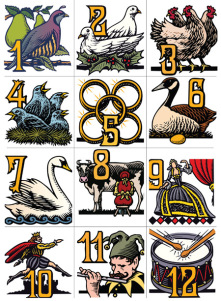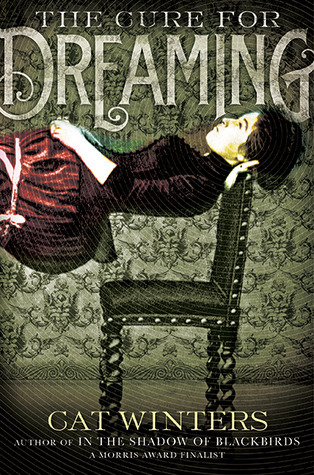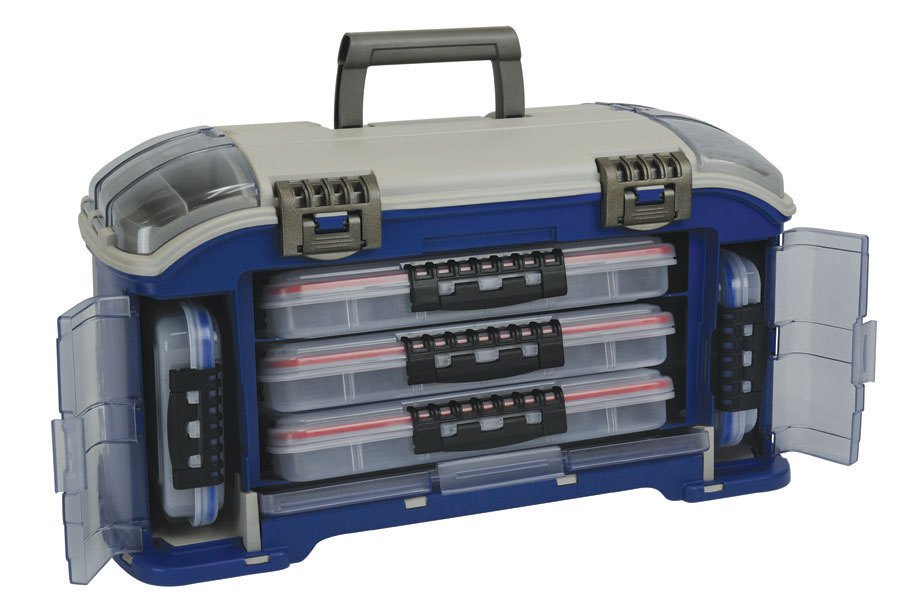Download links for: Visit Sunny Chernobyl - Adventures in the world's most polluted places


Reviews (see all)
Write review
It was interesting to get to realize these places are for real. Lots of bowel, manure talk...
An amusing, yet thought provoking, romp through some of the world's most polluted places.
Thought-provoking, exciting, honest, sad, hilarious. Easily one of my faves.
Heard author on NPR Aug. 2012 Interview.
I liked it.
Other books by Memoir & Autobiography
Other books by Andrew Blackwell
Related articles












